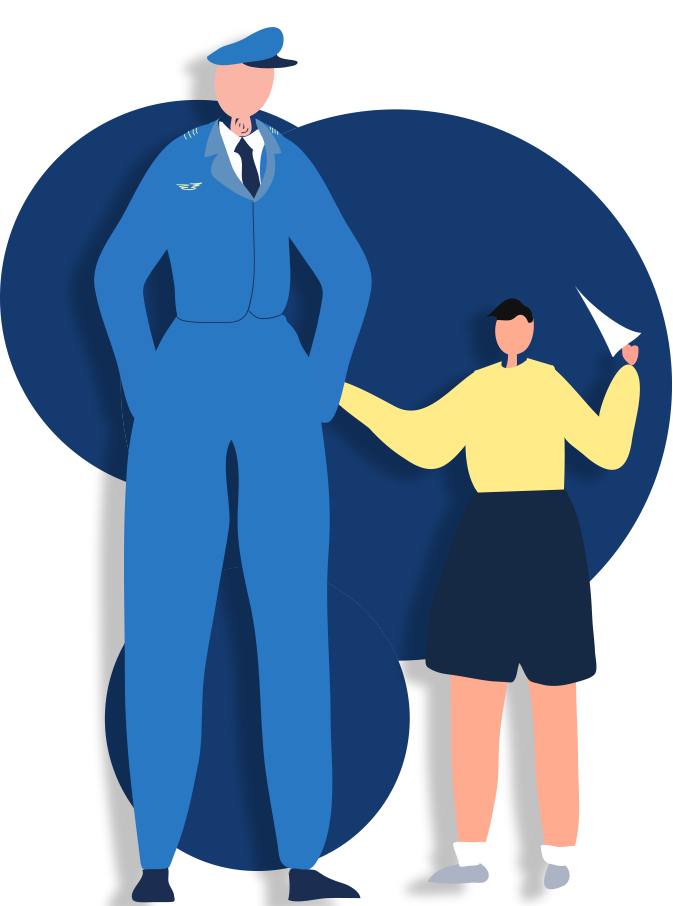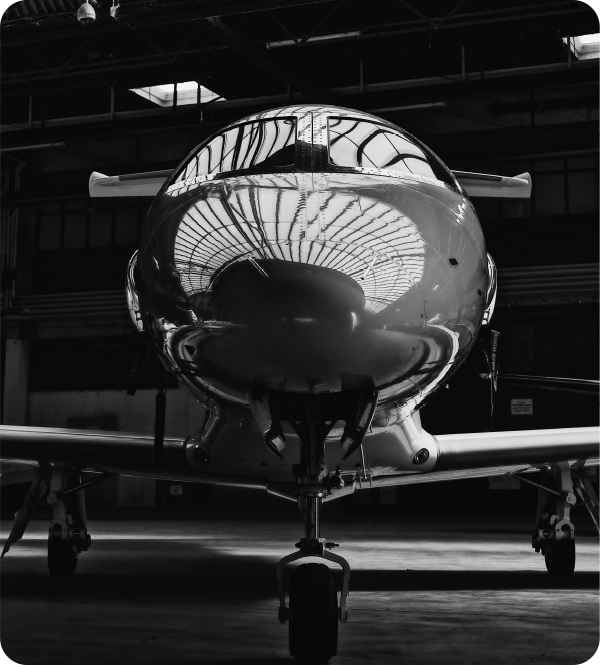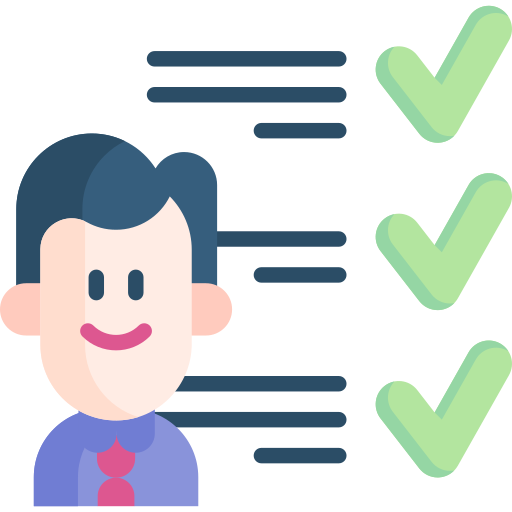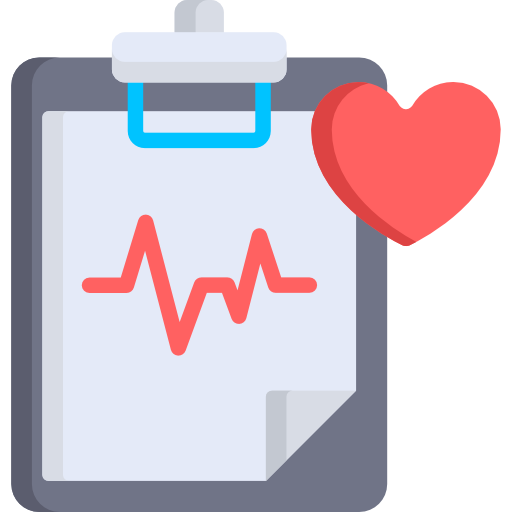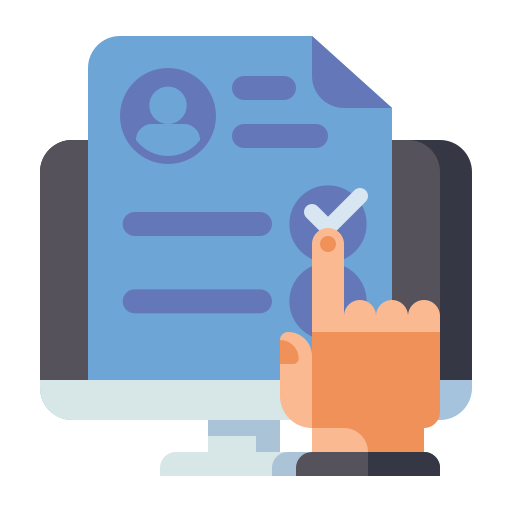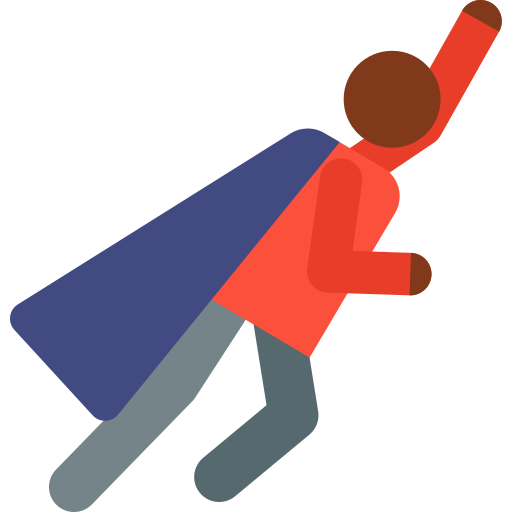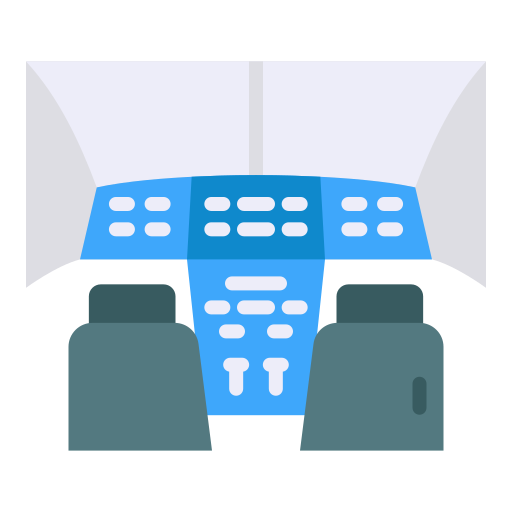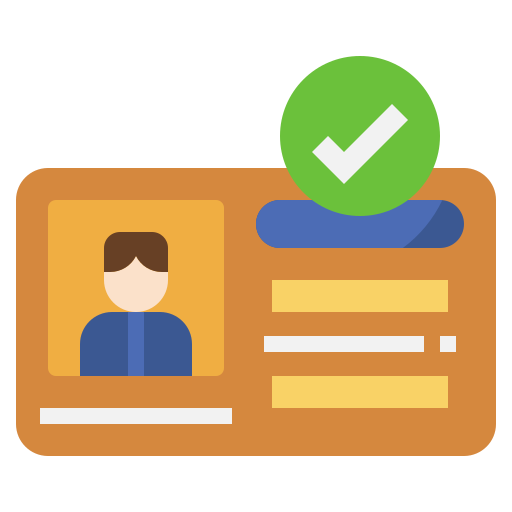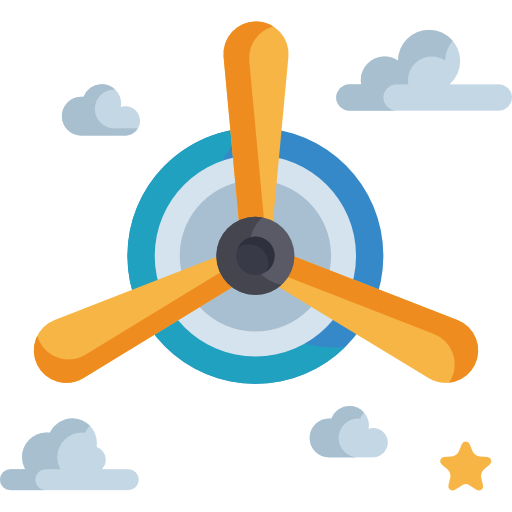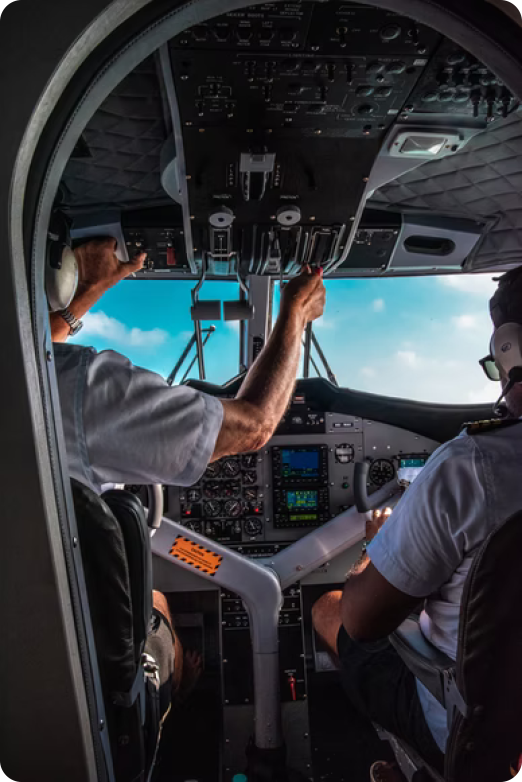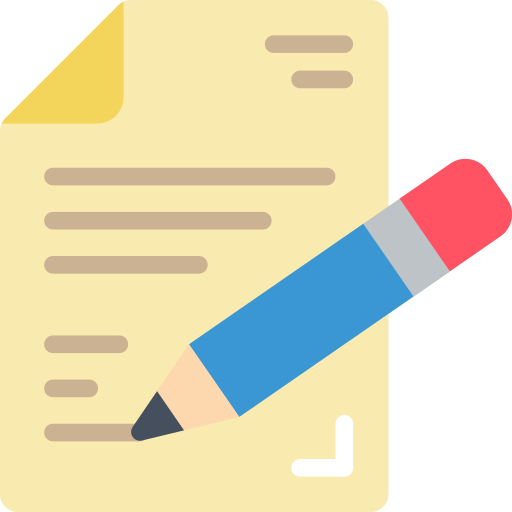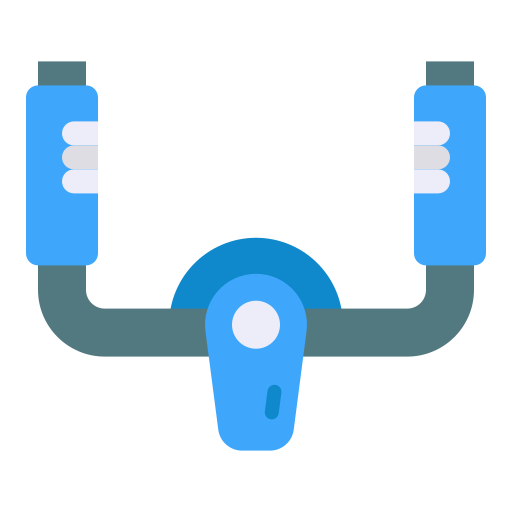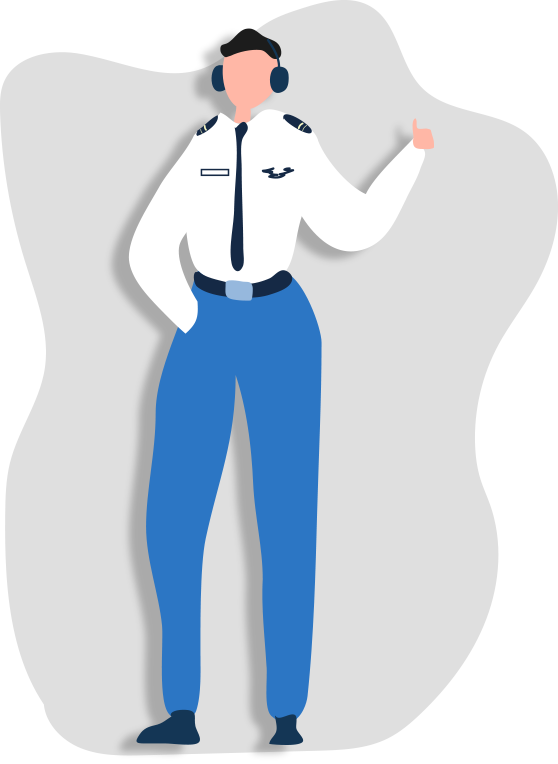Pilot
India holds the title of the world's third-largest civil aviation market with an average annual growth rate of 12 %. There are110 operators in India with a collective total of 1050 aircraft and adding roughly 50 more each year. India currently has over 9,370 active pilots as of December 2019 and is projected to need another 10000 by 2030. According to data released by the Ministry of Civil Aviation, the hiring of pilots has gone up by 88 % in 2019 with Indigo being the top employer.
On the Defense side, the Indian Air Force is the world's fourth-largest air force. It has approximately 1,820 aircraft in service comprising 905 combat planes, 595 fighters, and 310 attackers. It employs 4000 pilots divided between all categories. Due to the expansion and retirements, the force is always facing a shortfall. A flying career in defense provides the privilege of flying fighter jets in extreme environments, excellent benefits, pension plans, and most importantly the pride of working for the nation. It comes virtually at zero cost as all the expenses are paid by the defense academy.
With global demand for airline pilots reaching new heights, there has never been a better time to choose a career as a professional pilot.
